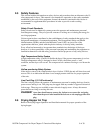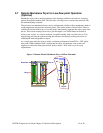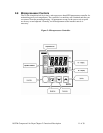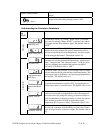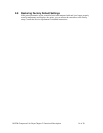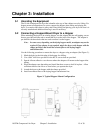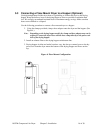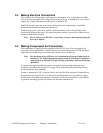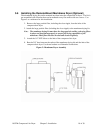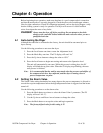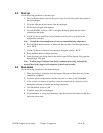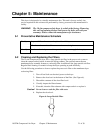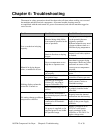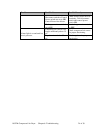10 CFM Compressed Air Dryer Chapter 3: Installation 17 of 30
3-4 Making Electrical Connections
The serial tag lists voltage, phase, and amp draw information. Line voltage must be within
plus or minus ten percent of the voltage listed on the serial tag, or damage may occur. Never
supply any voltage other than what the dryer is configured for.
Fulfill all national, state, and local safety and electrical code requirements. A qualified
electrician should make all electrical connections.
Connect main power to the dryer. Install a fused disconnect with a lockout feature in the
power main leading to the dryer. The power drop must include a ground wire. Make sure all
electrical connections are tight.
Note: Due to variances in 220-240 V connections, customers must supply the plug for
these dryer models.
3-5 Making Compressed Air Connections
The compressed air supply must be regulated to 80 PSI (5.5 bars). Low air pressure will
create poor drying performance. If the pressure in the system drops below 35 PSI, the alarm
light will activate and the process heater and solenoid valve will shut off.
Note: For maximum drying efficiency, we recommend a refrigerated compressed air
connection. Not using refrigerated compressed air (to provide pre-conditioned
compressed air to this unit) will affect drying performance and material drying
capabilities.
To achieve the lowest possible dew points, an optional remote-mount membrane dryer
assembly is available. See Section 2-7 on page 10 for more information about the remote-
mount membrane dryer assembly.
Connect a minimum of 3/8” (9 mm) air line to the top of the filter regulator. Compressed air
must be clean, dry, and free of oil. A shut-off is recommended for your in-plant air supply.
In-line filters can handle small amounts of moisture; in-line desiccant filters or packed beds
of granular absorbing polymer can remove oil mist and condensed oil.



